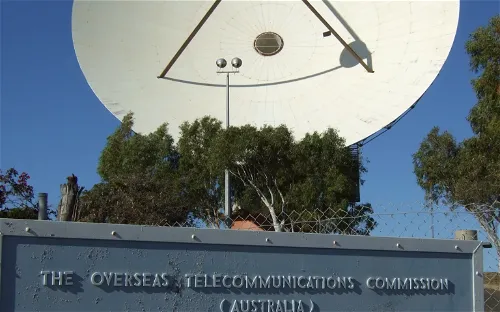Carnarvon Space & Technology Museum and its collection
The OTC Satellite Earth Station Carnarvon was established to meet the need for more reliable and higher quality communications for the Apollo program. This station was instrumental in the success of the Apollo program, providing a crucial link between the NASA tracking station in Australia and the control centre in the USA. It became operational on 29 October 1966 and continued to provide communications support for NASA space programs until the NASA station closed early in 1975.
The "Sugar Scoop" Antenna and the Apollo 11 Moon Landing
The "sugar scoop" antenna at the OTC Satellite Earth Station Carnarvon gained fame on 21 July 1969, the day of the Apollo 11 Moon landing. It played a pivotal role in relaying Neil Armstrong's first steps on the Moon to Perth's TV audience via Moree earth station - the first live telecast into Western Australia. This historical event underscores the significant role the station played in space exploration.
The Carnarvon Space and Technology Museum
The Carnarvon Space and Technology Museum, which opened in 2012, is a testament to the region's rich history in space exploration. The museum houses a collection of artifacts and exhibits that tell the story of the OTC Satellite Earth Station Carnarvon and its role in the Apollo program. Visitors can learn about the station's operations, the Apollo missions, and the broader history of space exploration.
Science & Technology Astronomy Historic house










